The Bisbee Deportation was the illegal deportation of more than 1,000 striking mine workers (IWW-led strike), their supporters, and citizen bystanders by 2,000 vigilantes.
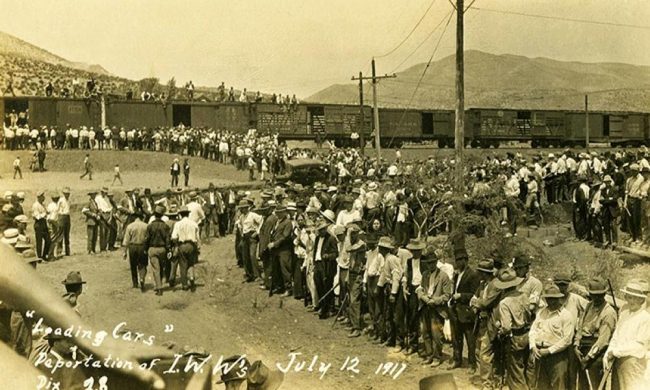
Striking miners and others being deported from Bisbee on the morning of July 12, 1917. The men are boarding the cattle cars provided by the El Paso and Southwestern Railroad. Source: University of Arizona.
The University of Arizona Archives provides background on the strike.
On June 24, 1917, the Industrial Workers of the World (I.W.W.) presented the Bisbee, Arizona mining companies with a list of demands. These demands included improvements to safety and working conditions, such as requiring two men on each machine and an end to blasting in the mines during shifts.
Demands were also made to end discrimination against members of labor organizations and the unequal treatment of foreign and minority workers. Furthermore, the unions wanted a flat wage system to replace sliding scales tied to the market price of copper. The copper companies refused all I.W.W. demands, using the war effort as justification. As a result, a strike was called, and by June 27 roughly half of the Bisbee work force was on strike.
On July 12, 1917, the striking workers and others were kidnapped and held at a local baseball park. They were then loaded onto cattle cars and transported 200 miles for 16 hours through the desert without food or water. The deportees were unloaded at Hermanas, New Mexico, without money or transportation, and warned not to return to Bisbee.
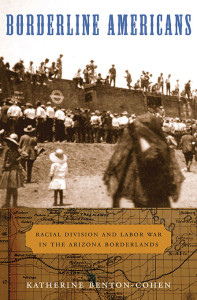 See photos, primary documents, articles, and much more at The Bisbee Deportation of 1917 website archive from the University of Arizona.
See photos, primary documents, articles, and much more at The Bisbee Deportation of 1917 website archive from the University of Arizona.
We recommend Borderline Americans: Racial Division and Labor War in the Arizona Borderlands (2011) by Katherine Benton-Cohen.
Read about textbook coverage of deportations in the 1930s and find a lesson for teaching that history in Downplaying Deportations: How Textbooks Hide the Mass Expulsion of Mexican Americans During the Great Depression.

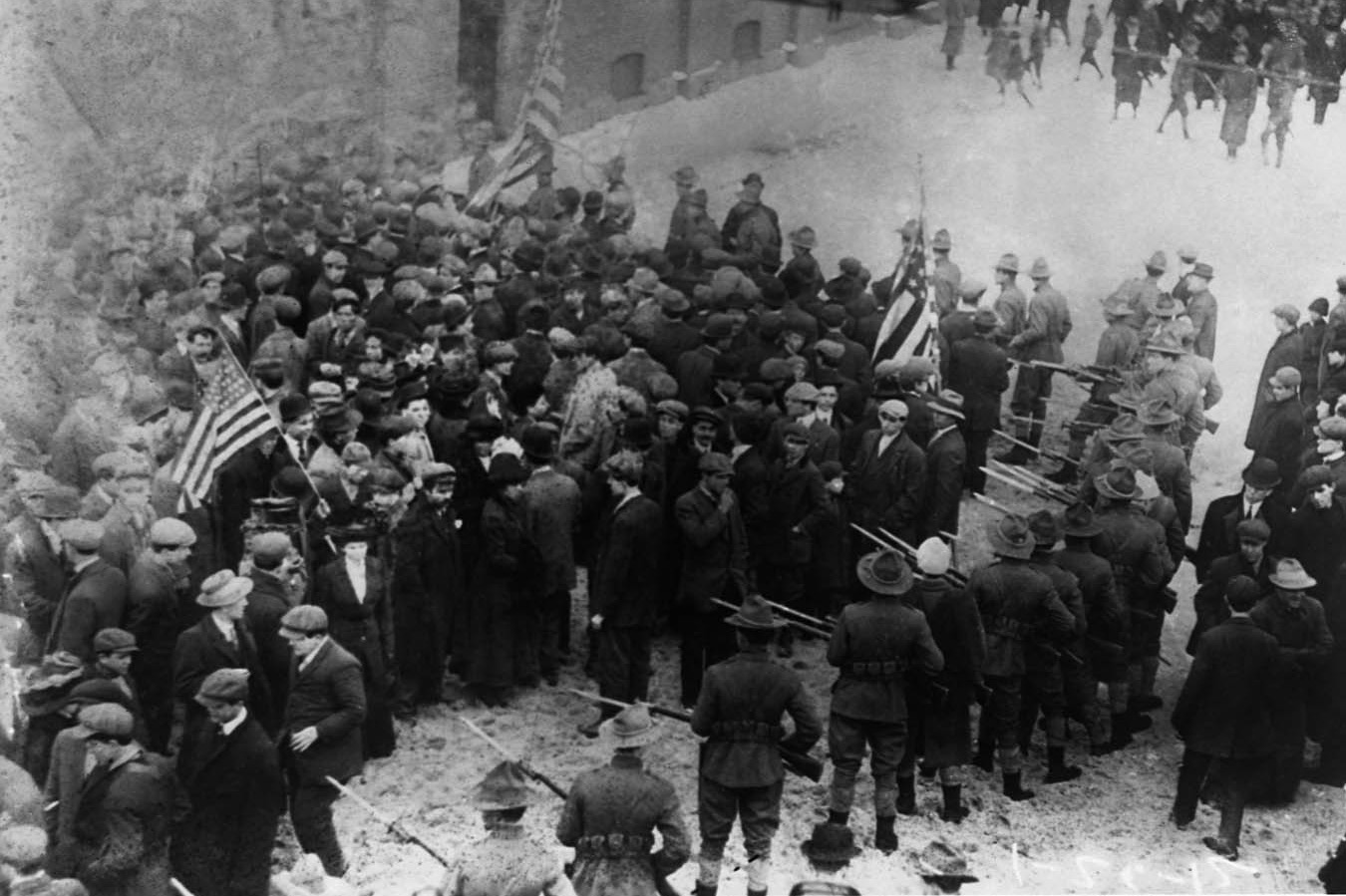
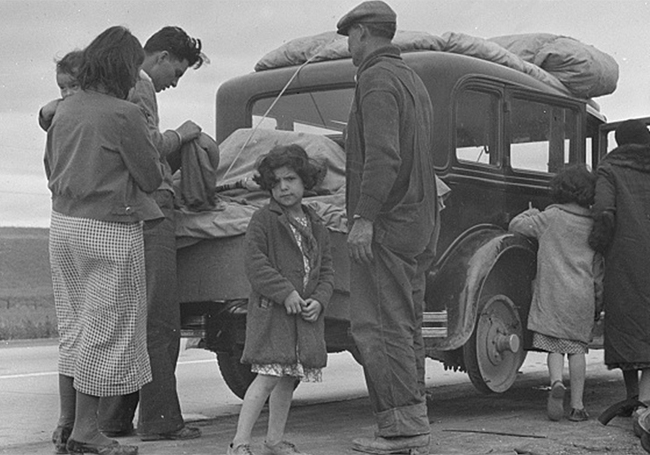

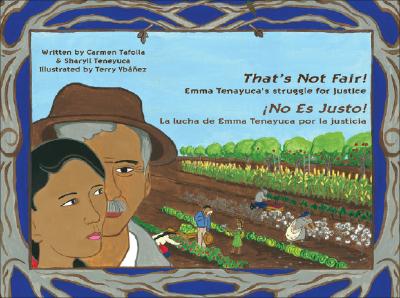
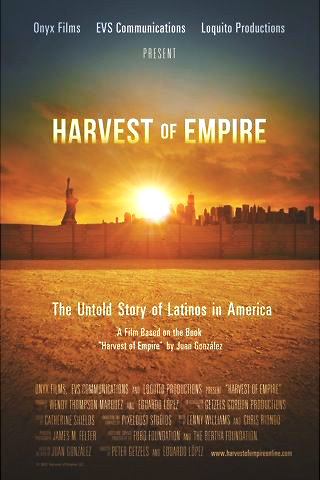
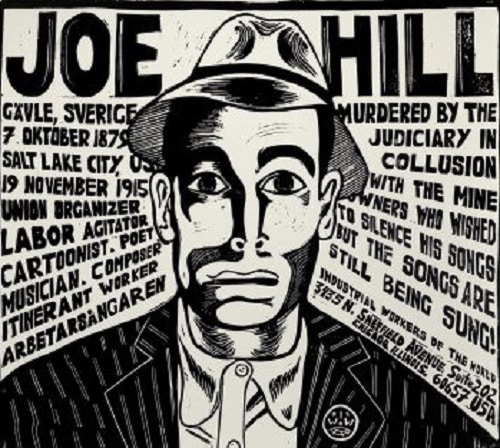
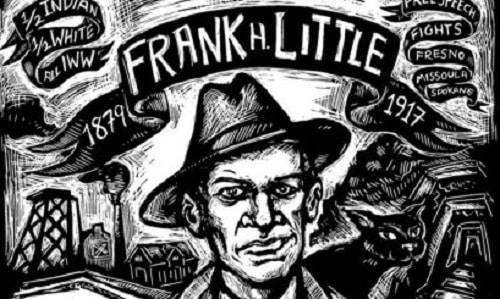
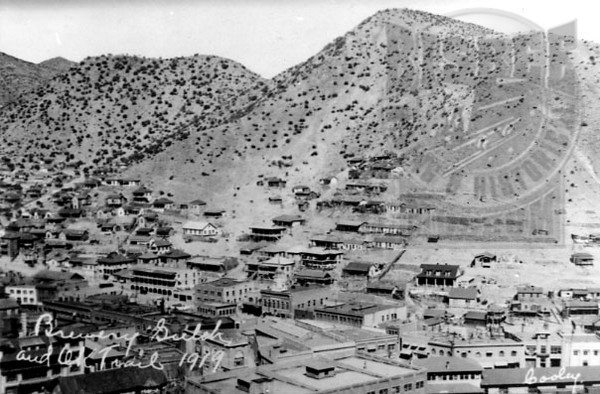





Twitter
Google plus
LinkedIn